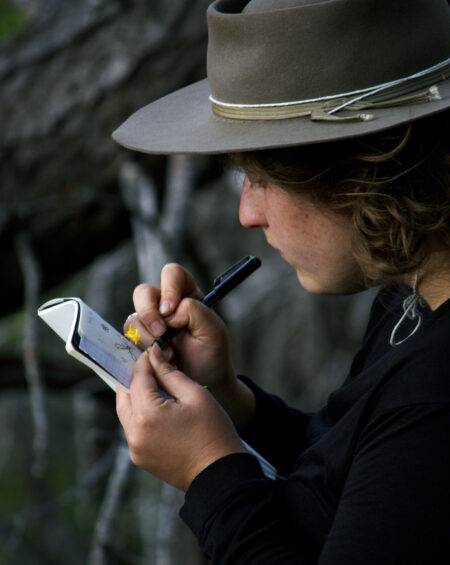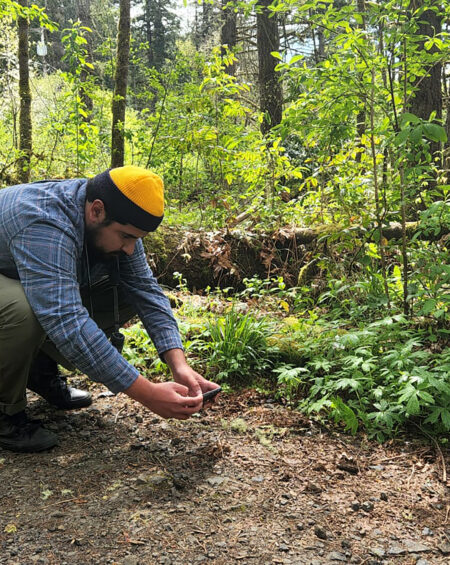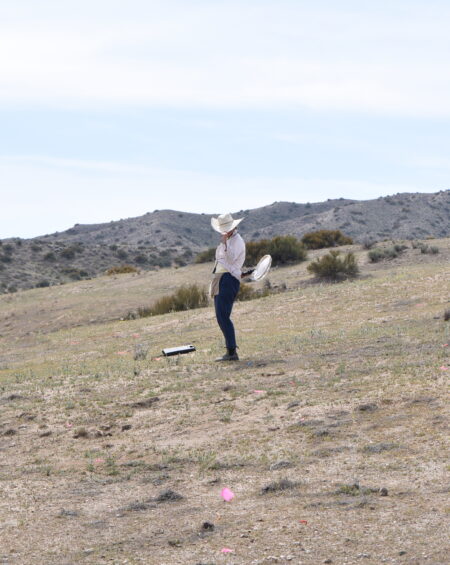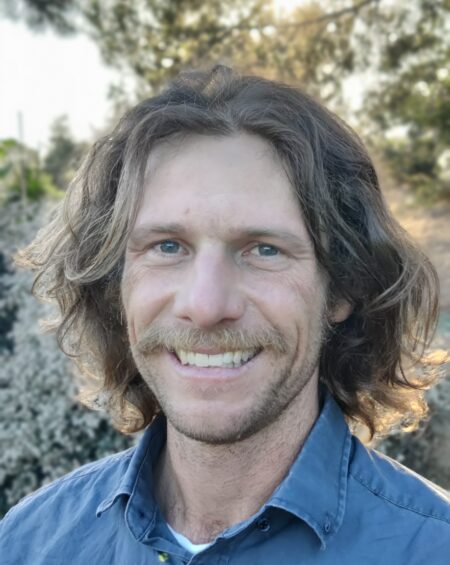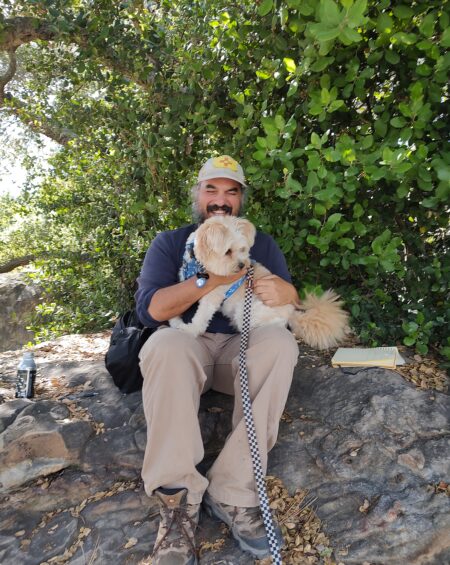Transforming Elings Park’s Landscape
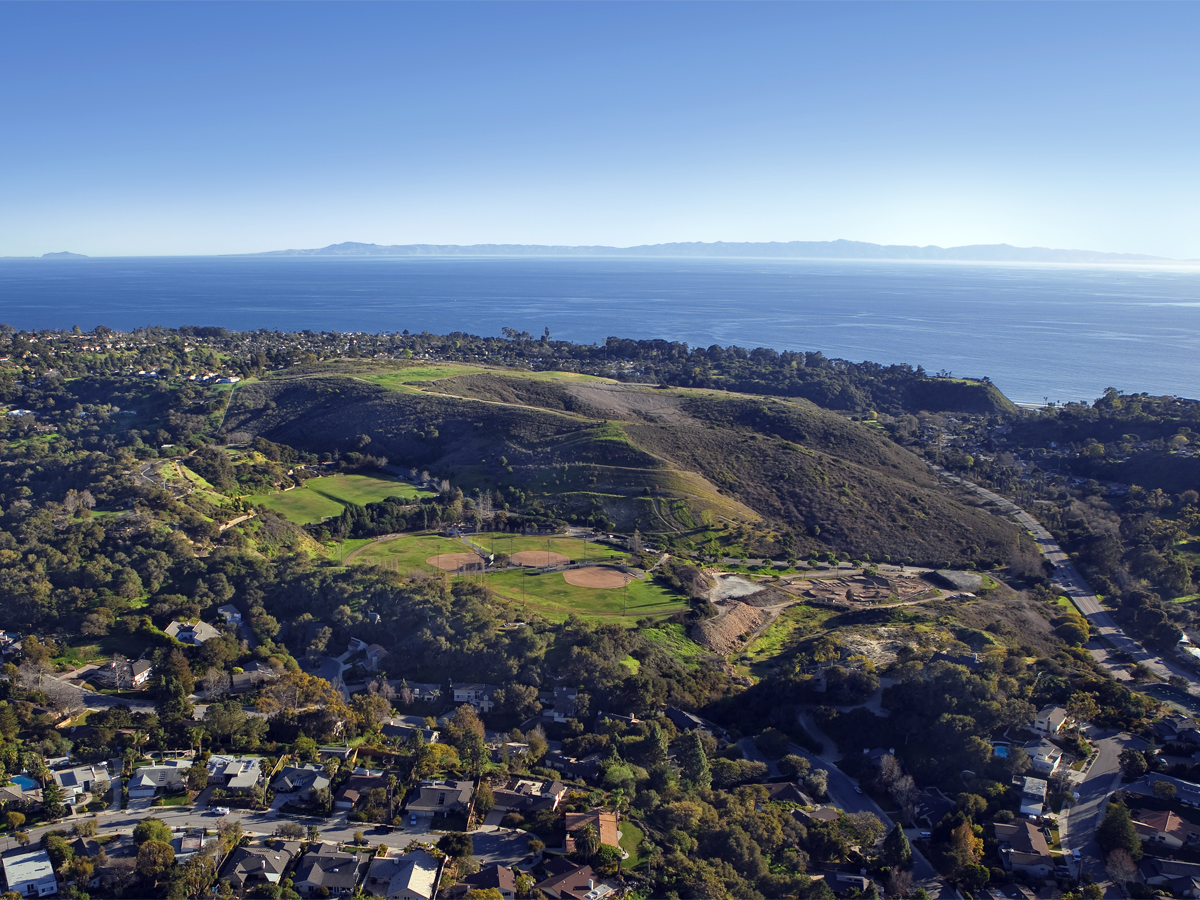
Restoring Native Habitat
Elings Park Transformation Project
Over the next five years, Santa Barbara Botanic Garden will embark on a project to transform public gardens and open spaces across Santa Barbara County. These transformations will be achieved by replacing thirsty and barren exotic and invasive plants with drought-tolerant native plants, perfectly adapted to support intricate food webs. We’ll also be monitoring the plants, bugs, and birds who depend on these spaces, asking important ecological questions to help us continue to do this work even better as we go.
Through these endeavors, we’ll bolster climate resilience, enhance biological diversity, and promote community well-being by establishing climate-adaptive, biodiverse native habitats while fostering human and natural communities throughout the county.
Our first transformation will take place at the largest community-supported non-profit public park in America – Elings Park! Follow along to watch the transformation happen – or come and join us!
43,560
Square feet of land to be transformed
50
Native species to be planted at site
1,400
Native plants to be planted at site
Photo Gallery

Elings Nature Walk leader and Ecology Technician Kylie Etter refines her photography skills in the field to support her research.
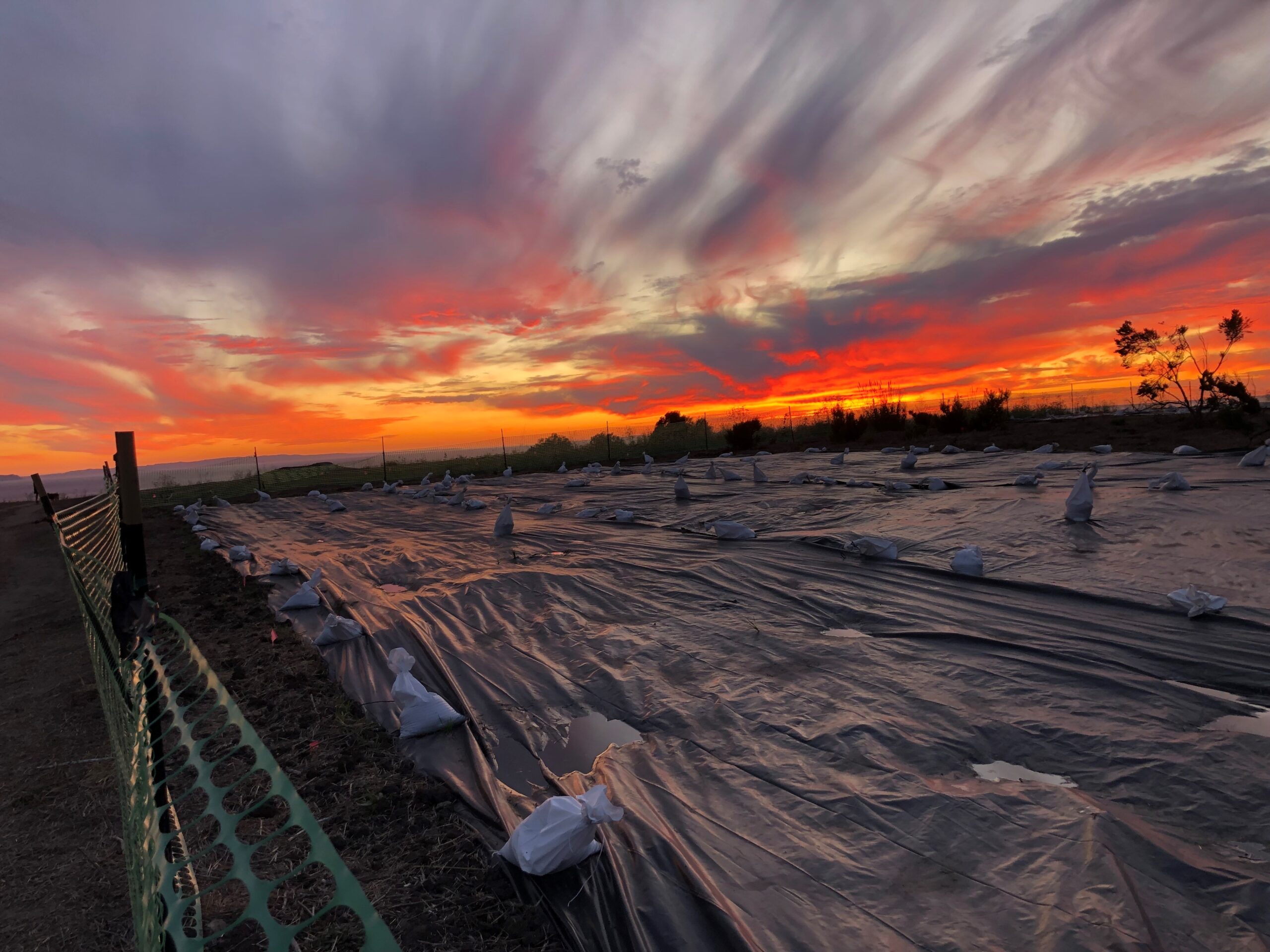
The sunset overlooking the Pacific Ocean and our restoration plot.
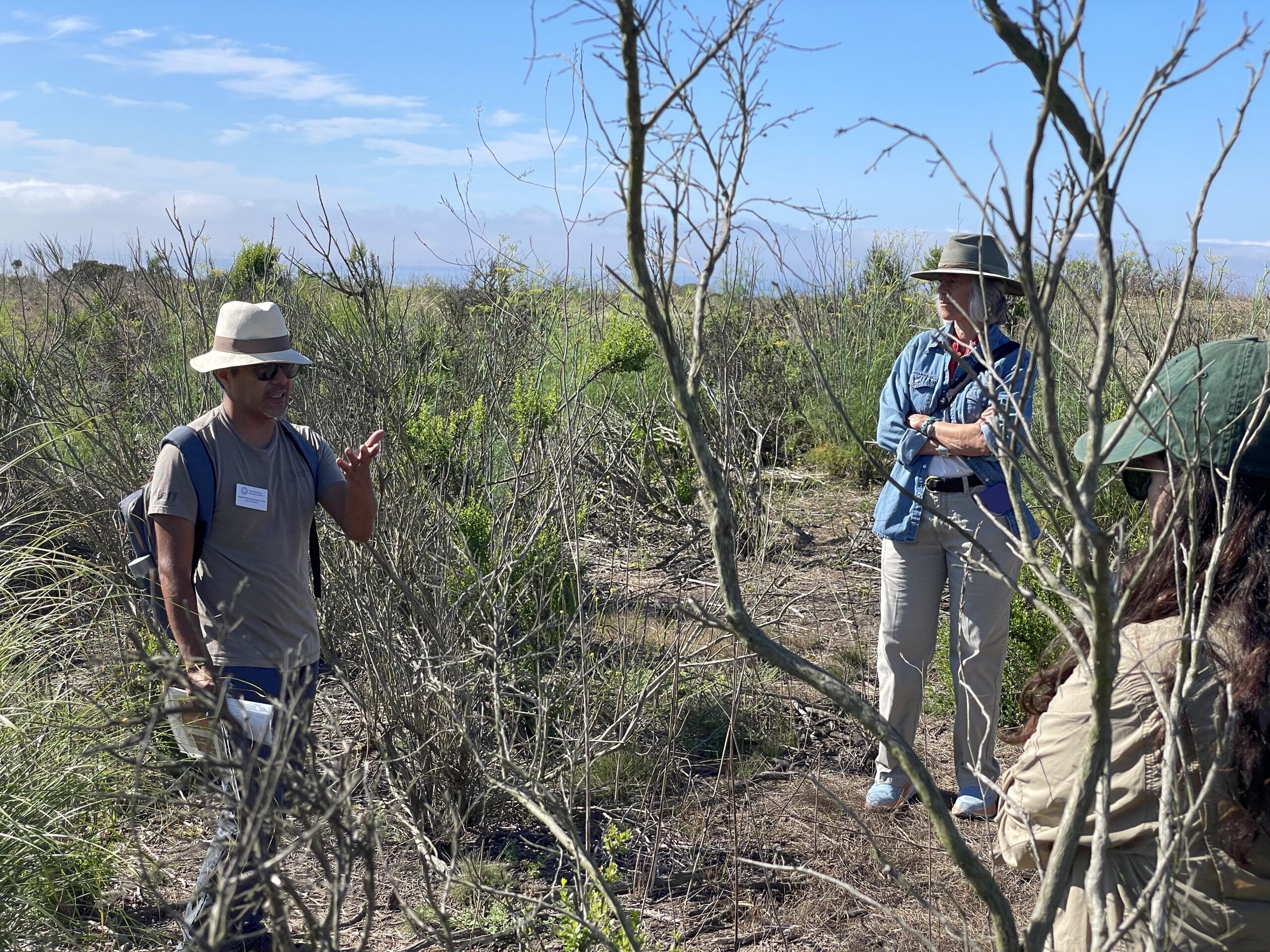
Pausing along our Nature Walk in August to examine the invasive plants atop the Elings Park Bluffs.
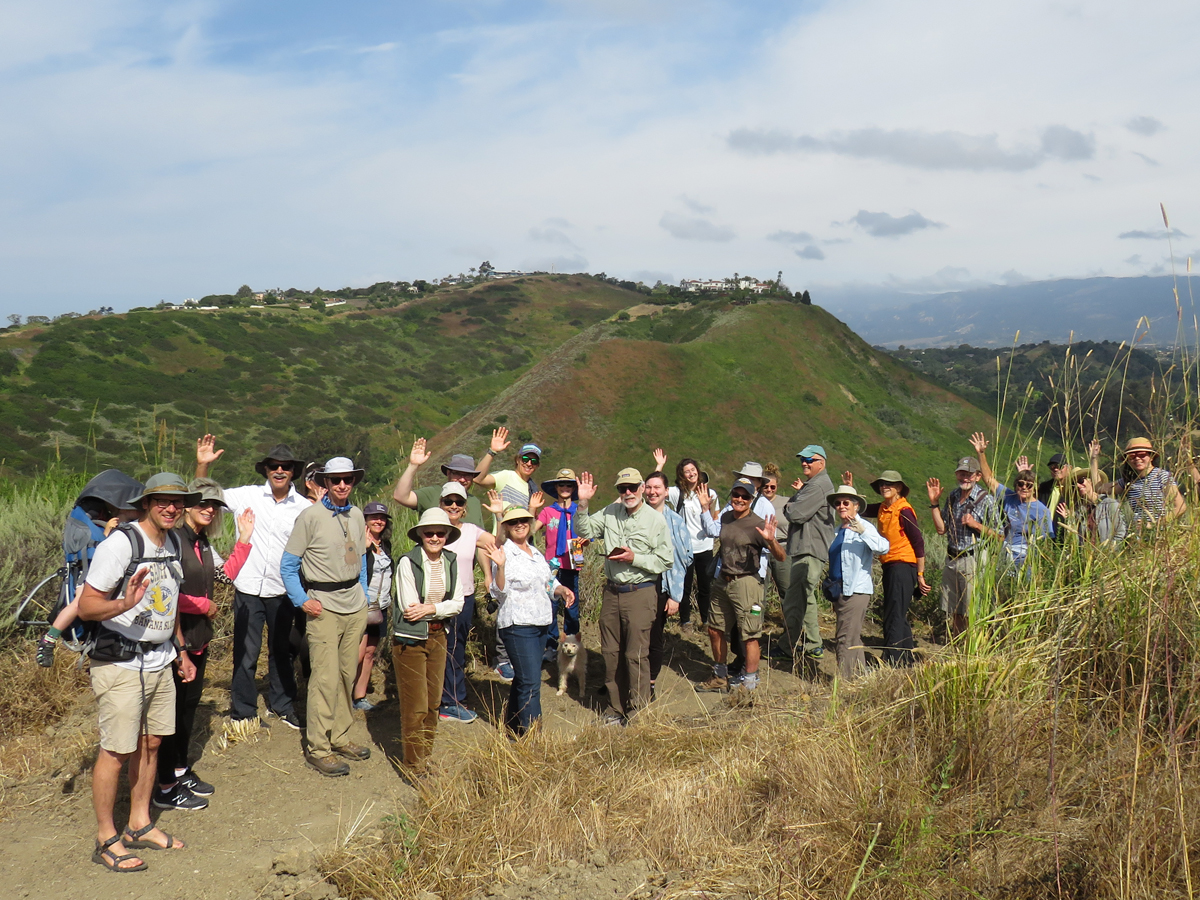
Community comes together for Nature Walk in Elings Park led by the Garden’s conservation team. For full list of dates, check Garden calendar.
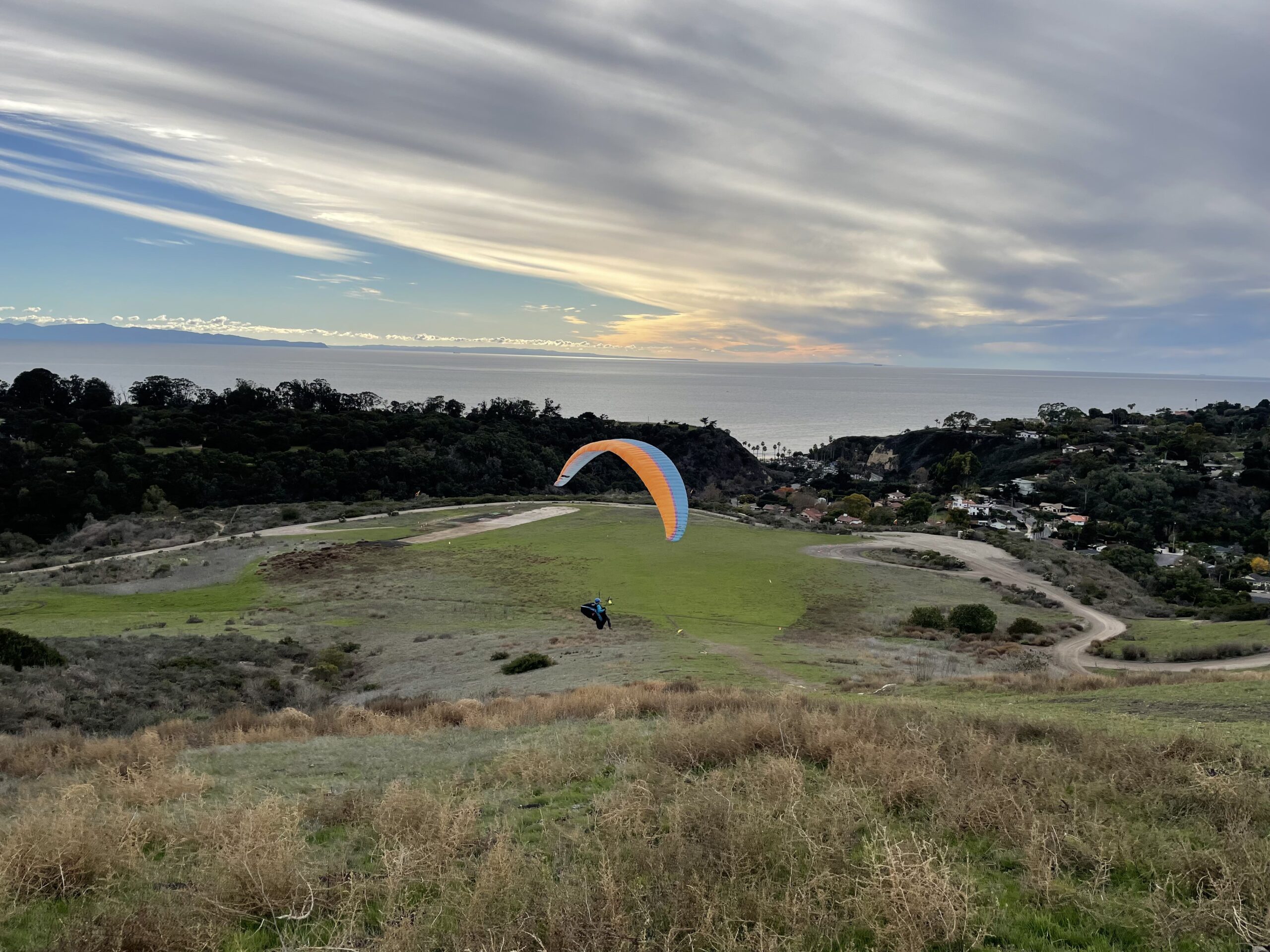
The views from the Elings Park Bluffs offer some of the best views of the Channel Islands and Pacific Ocean.
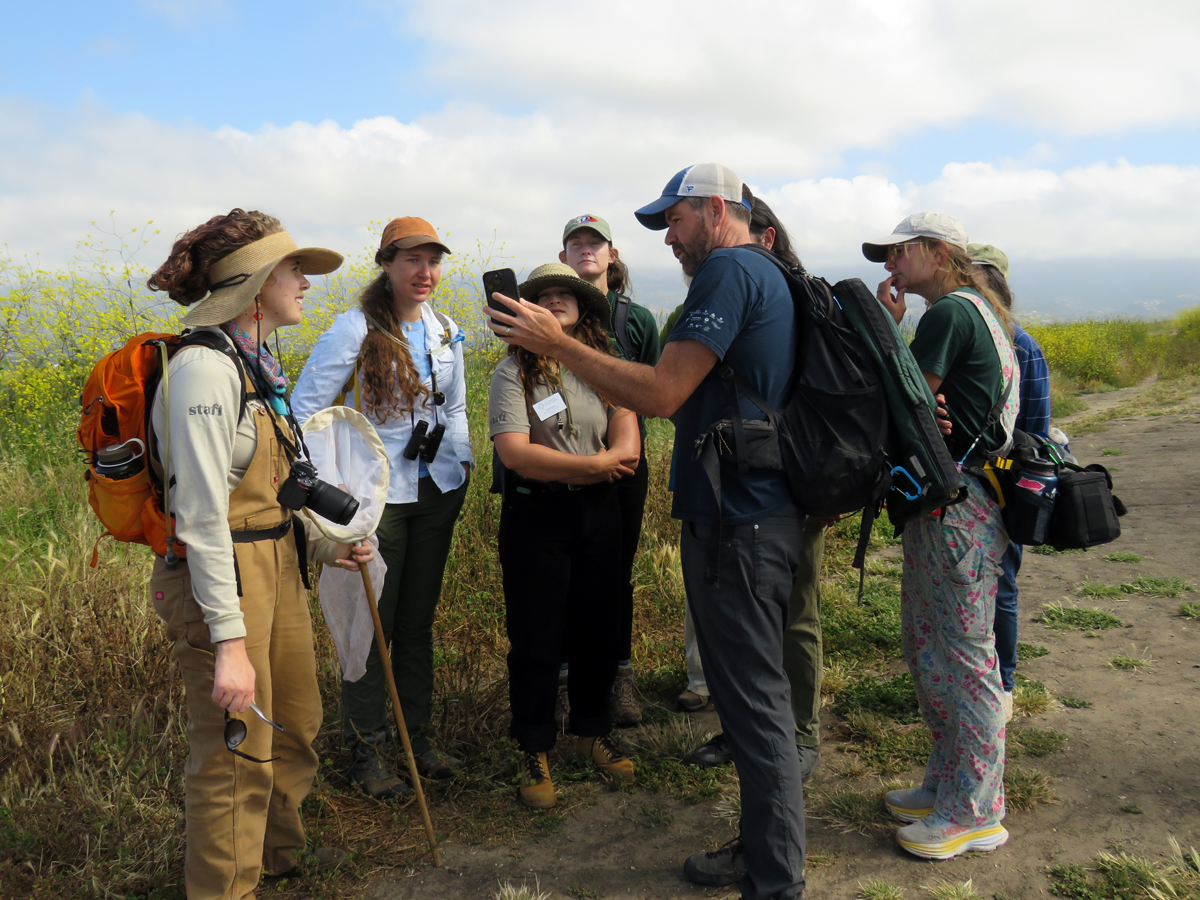
Before the work begins, Garden scientists, technicians, and volunteers surveyed the plant and animal life found in the Park using an app called iNaturalist.
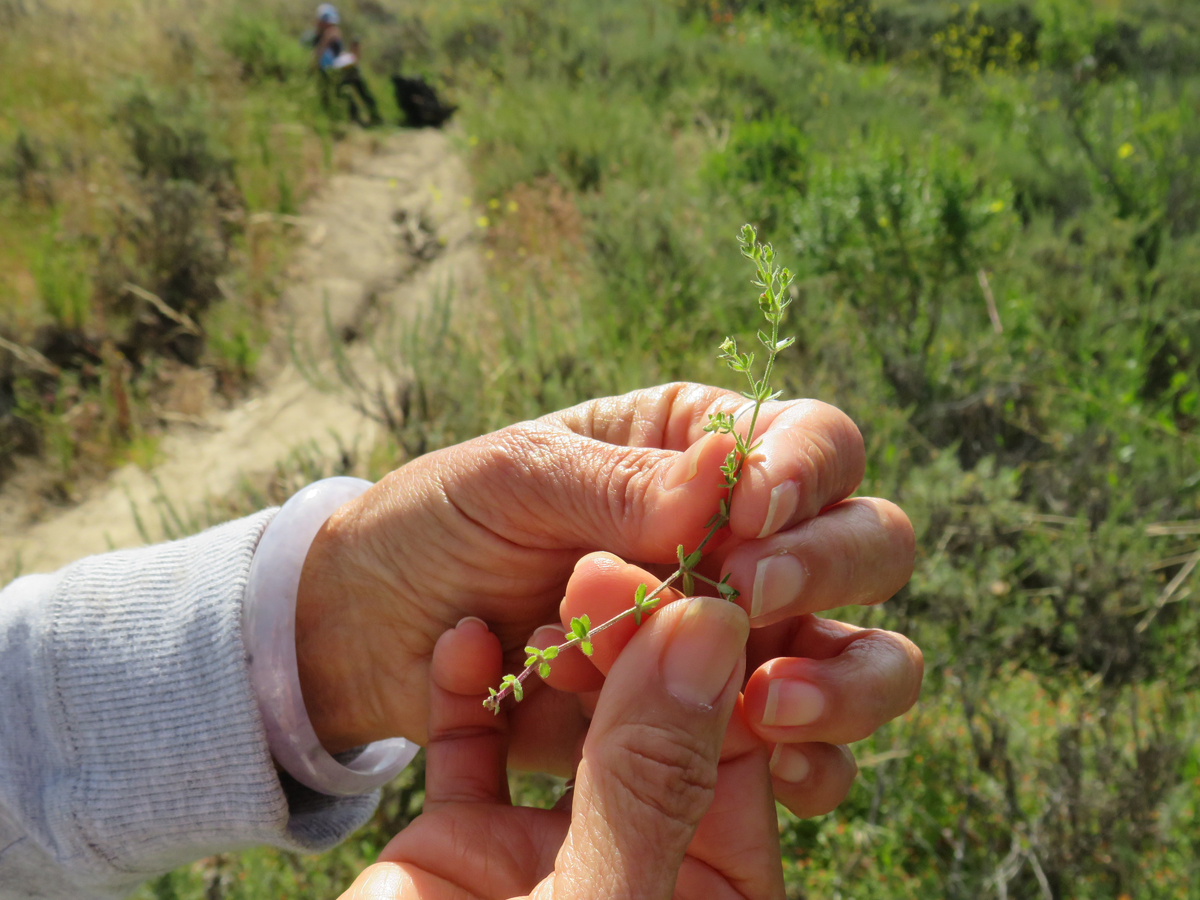
California bedstraw (Galium sp.) found on Nature Walk in June is native to California
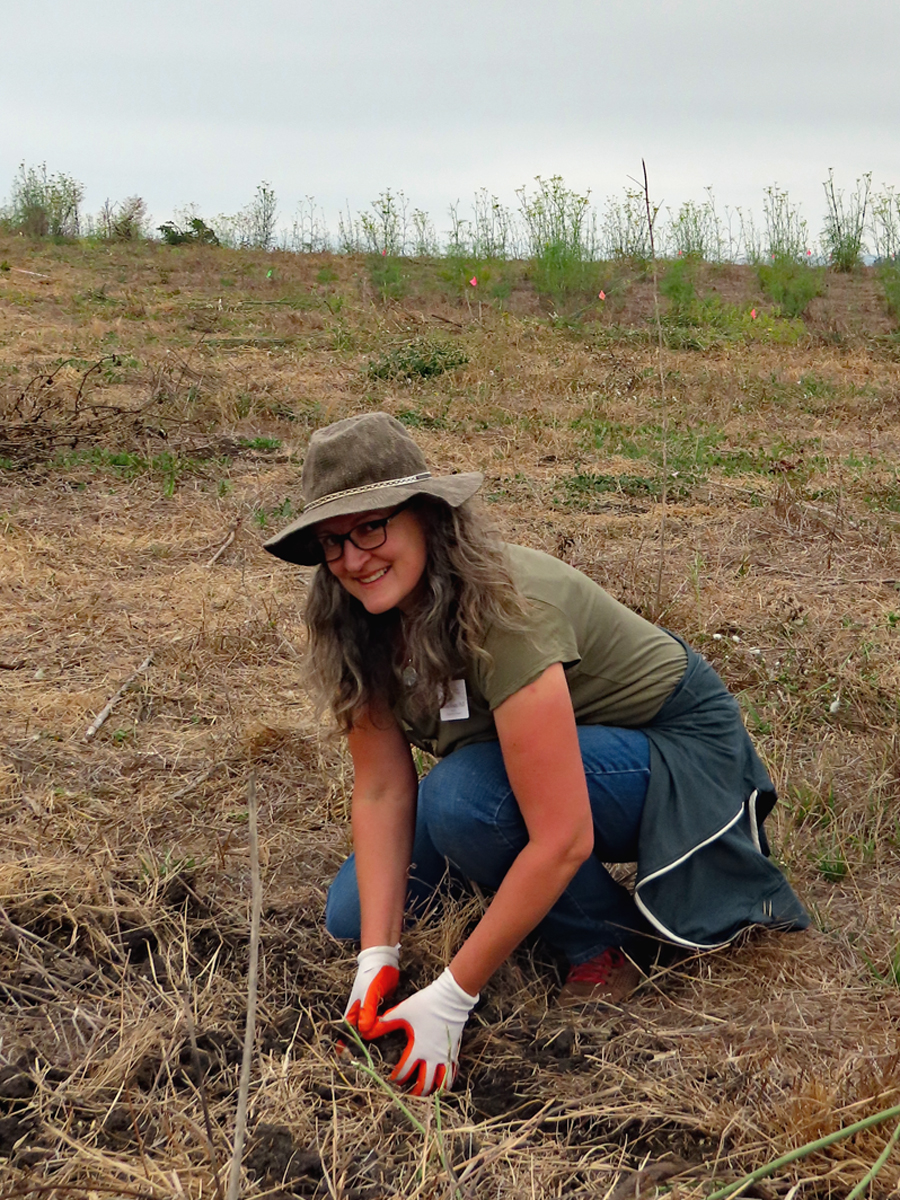
Director of Conservation and Research Denise Knapp, Ph.D. dives in to the restoration work party in September to prepare the site for the transformation ahead.
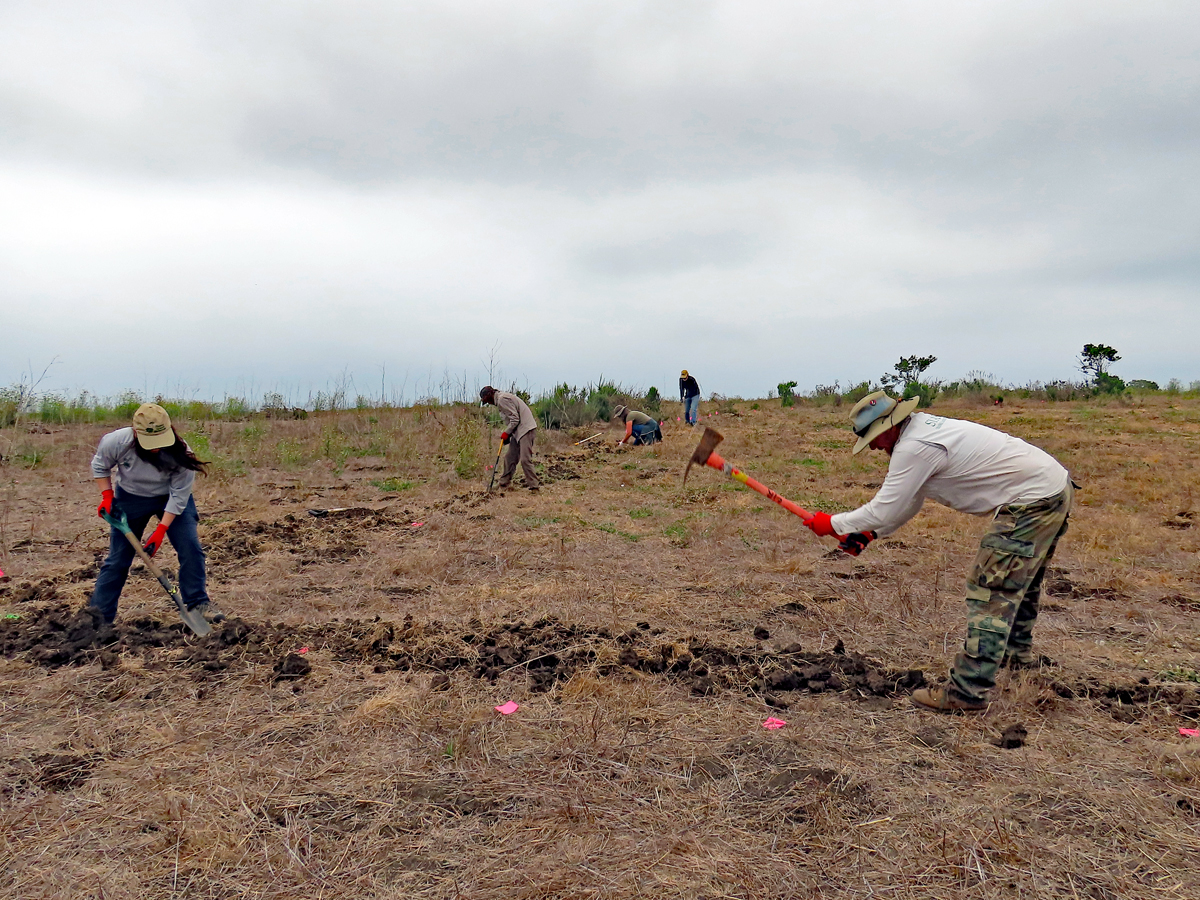
Staff and volunteers come together to dig a trench around the plot to tarp the area. The tarp will help in the management of invasive species.

Tarp nearly in place marking the first step along this transformation journey.
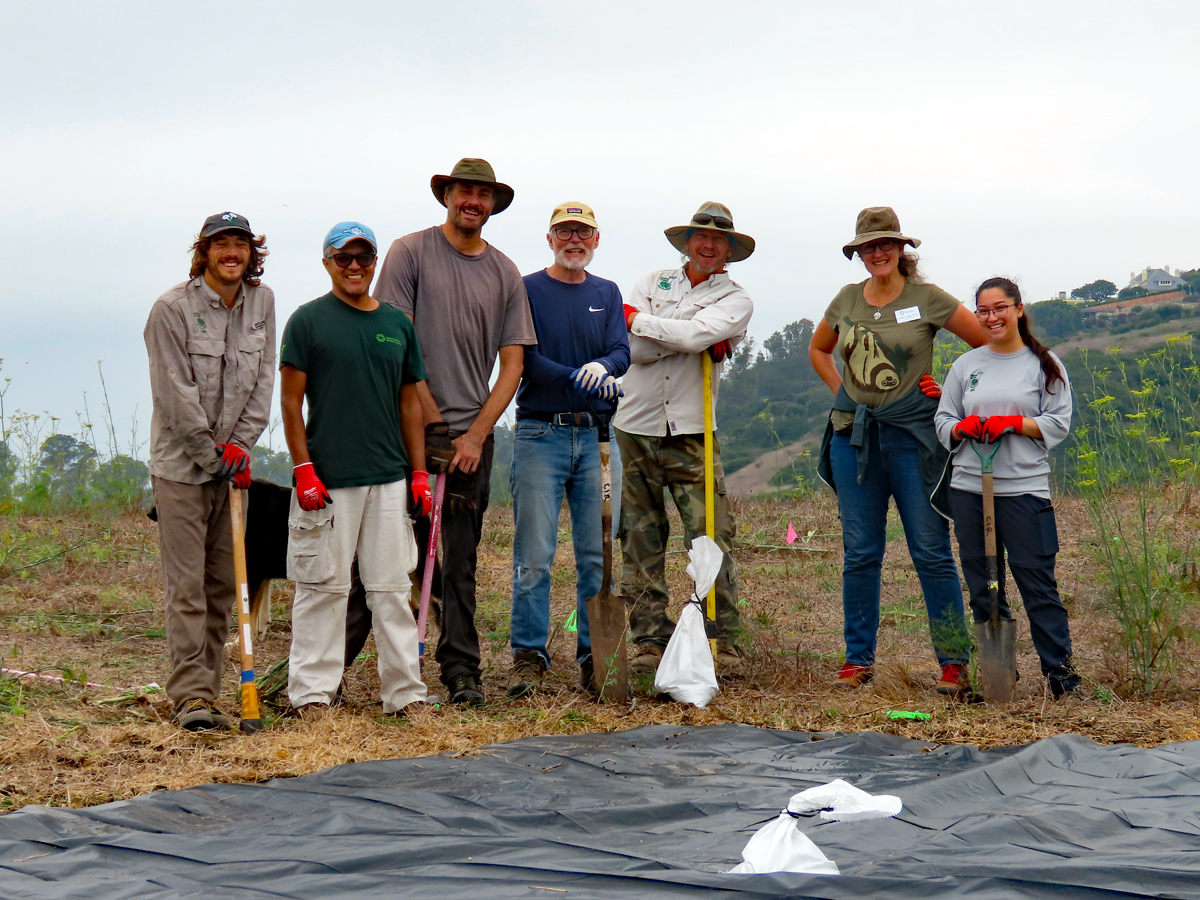
People coming to together in support of the environment. Thank you volunteers and partners.
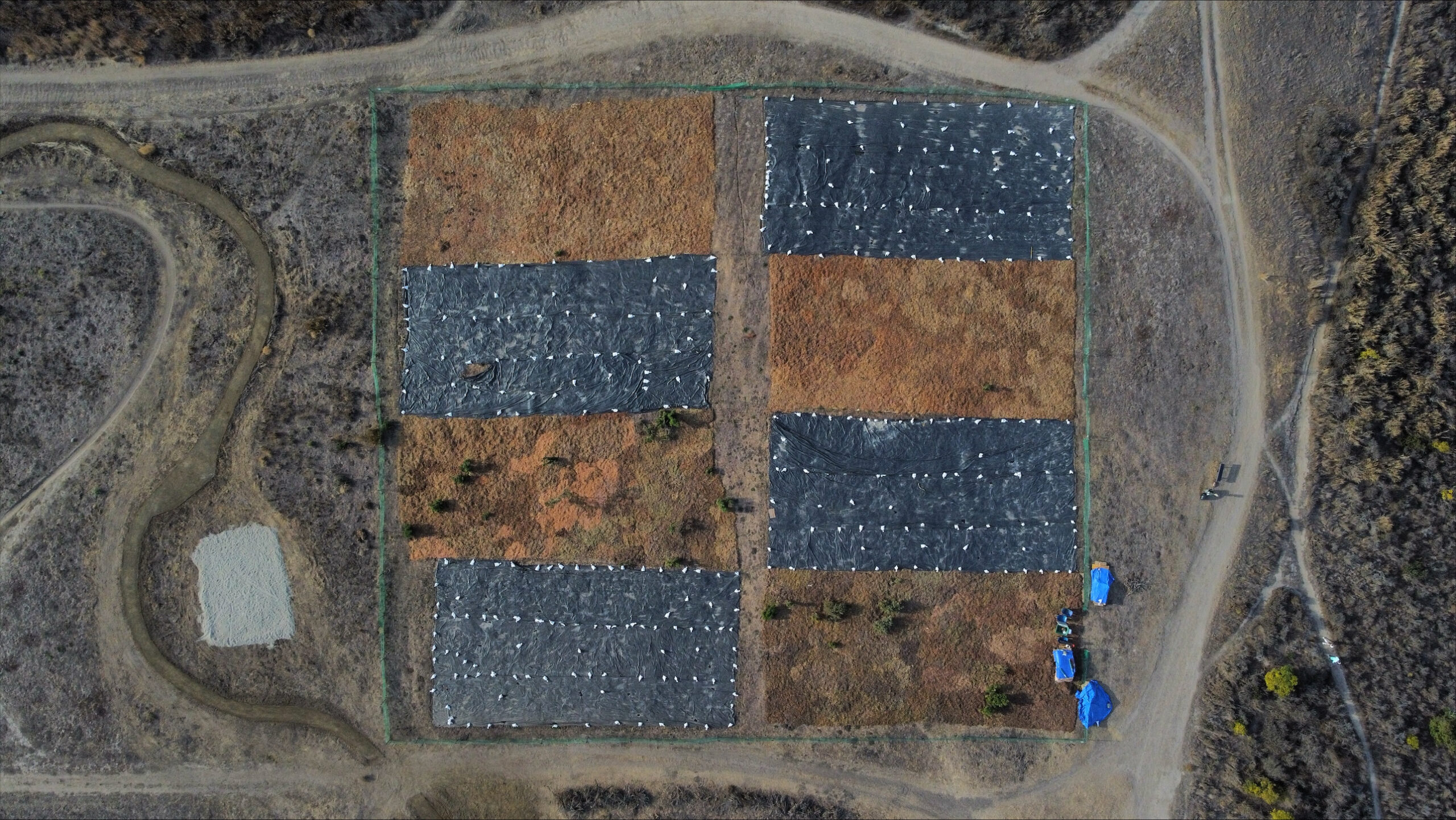
Plots are sheet mulched and tarped in a checkerboard pattern. It’s time to plant! (Photo by Jeramiah Morgan, CIR)
“We’ve recently made a major push to bring native plants back to the Park. Over the past two years, we’ve removed non-natives and planted over 250 California native oaks, plus thousands of native grasses and shrubs. This project concentrates natives in one area, and powerfully demonstrates how this transformation can impact an entire ecosystem.” – Dean Noble, Elings Park executive director.
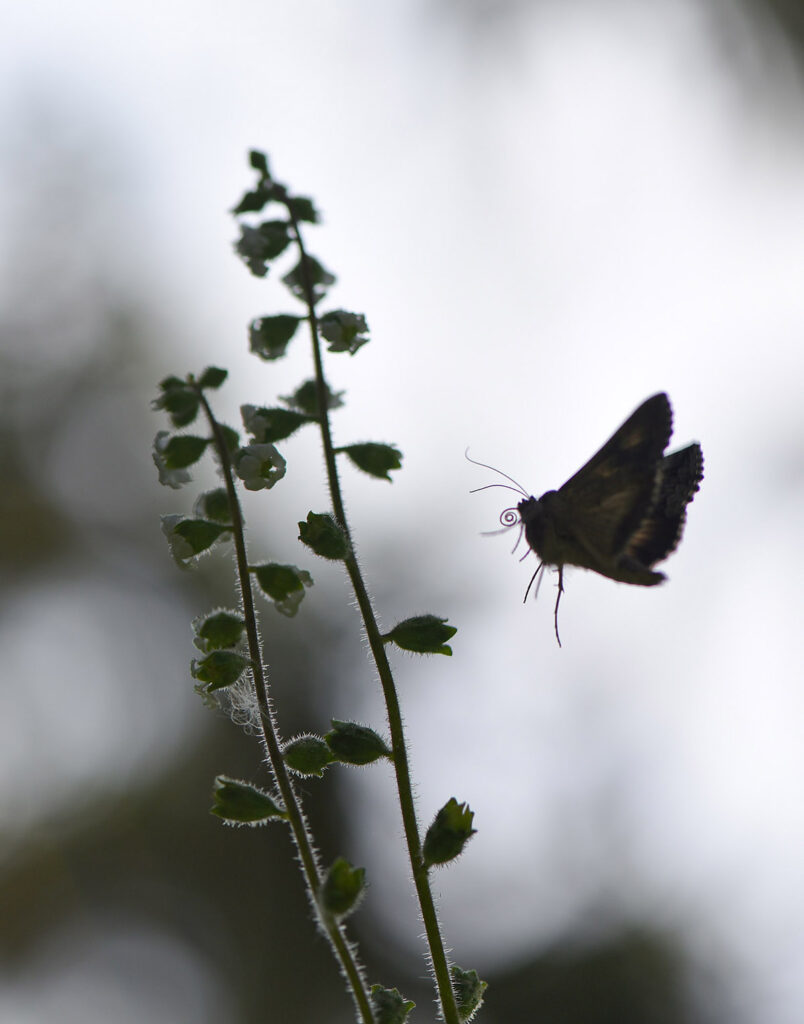
Biological Diversity
Can native plants help with climate challenges?
Santa Barbara County grapples with three significant climate challenges: drought, extreme heat, and heightened fire occurrences. These challenges strain our water resources, pose health risks, and threaten our ecosystem. They also disrupt the delicate balance of plant and animal life critical for essential services like maintaining clean air, water, stable terrain, and food production.
We can mitigate these challenges by planting native plants in our urban and suburban landscapes. Native plants play a vital role in supporting diverse fauna and mitigating climate-related issues such as invasive species and water scarcity. Additionally, native plants act as natural carbon sinks, aiding in climate change mitigation. By embracing and integrating native plants into the places where we live, work, and play, we can proactively address these climate challenges and protect our environment for us and future generations to come.
Get involved
Fostering Community Through Volunteering
Transforming this one-acre plot in Elings Park is just a part of the work. Through this project, we also aim to bring together an inspired community of environmental stewards. To do this we have several opportunities to get involved. Join us for a nature walk, attend a community forum, volunteer for habitat restoration work (with inclusive opportunities for differently-abled individuals), assist with bug processing in our labs, collaborate in data collection as a citizen scientist, and/or become a native plant ambassador and help us spread the word about the power of native plants. Click below to become a volunteer!
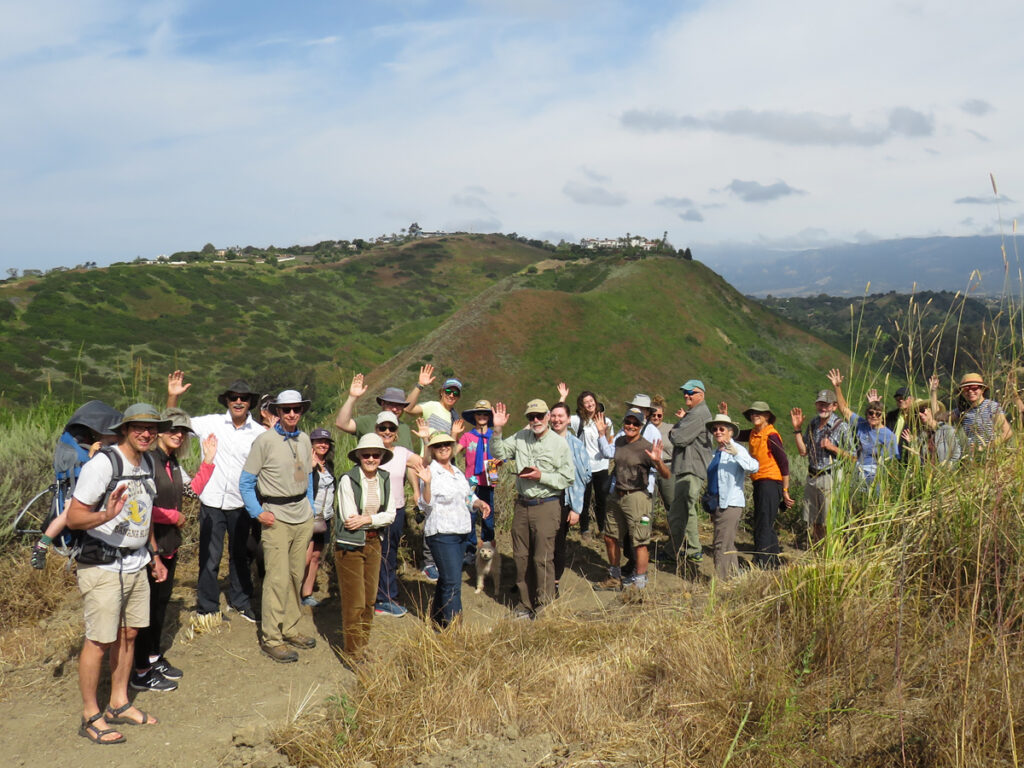
Videos
The Story of Elings Transformation
Behind every great transformation story are the people who make it happen. Without the support of community members, partners, funders, and Garden staff, none of this would be possible.
This project proves that when people come together in support of the environment, progress is possible. So tune in and follow our journey on YouTube as we share progress and stories from our scientists and our community along the way.
Partners & SPonsors
Together We’re Creating Change
Without the support of our partners and sponsors, we wouldn’t be able to restore this site to a thriving native habitat, benefiting our local community.
A big thank you to Elings Park for their commitment to removing invasive plants and restoring native habitats and to Channel Islands Restoration for helping us inspire a community of volunteers and rally together to do this important work.
We’d also like to thank the Amon Foundation, John S. Kiewit Memorial Foundation, Edison International, Walter J. and Holly O. Thomson Foundation, Santa Barbara Foundation, Smart Foundation, and Manitou Fund for their support of this transformation project.
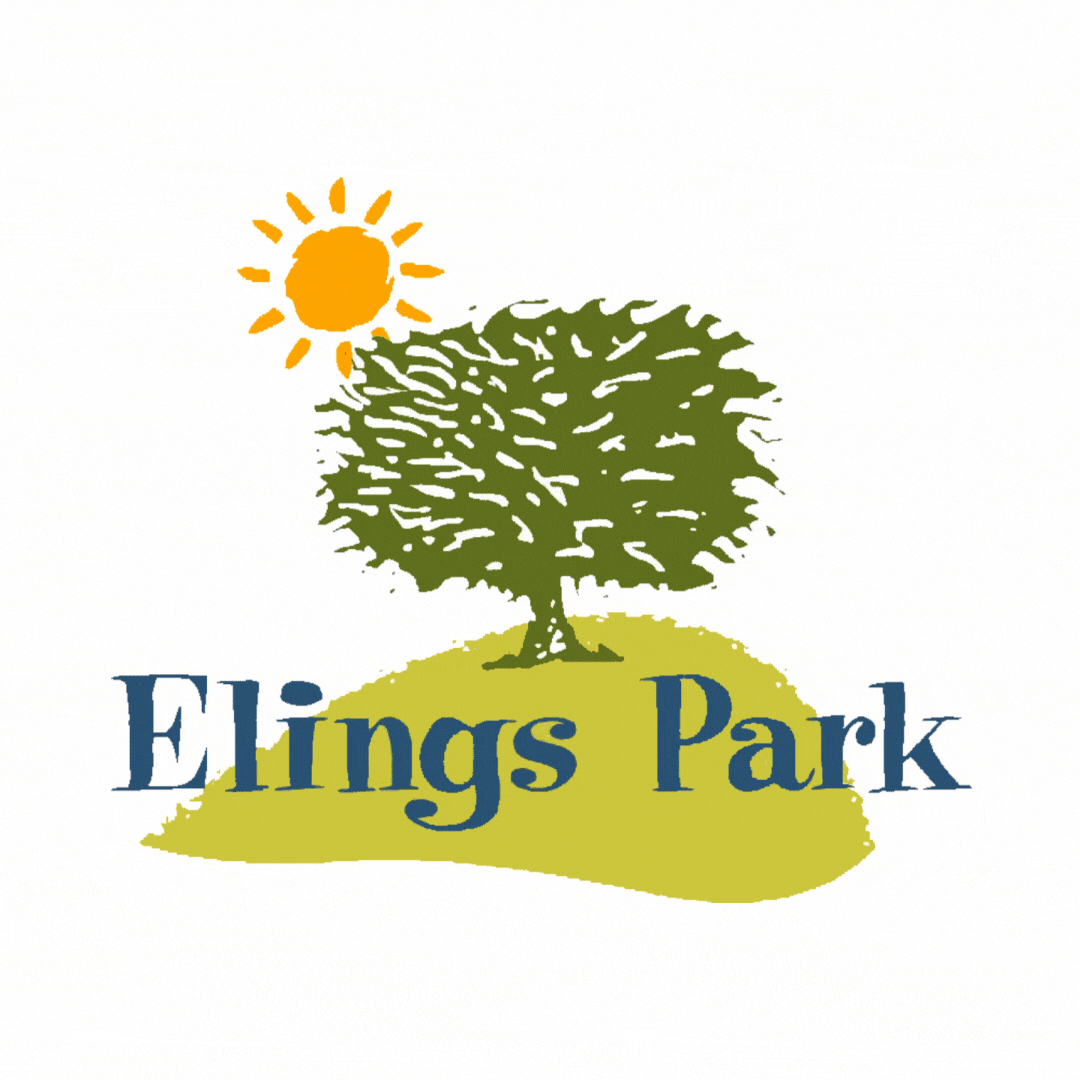
Follow Our Blog Updates
-
Future-Proofing Food Webs: A Bold Habitat Restoration Experiment at Elings Park
Invasive species are one of the biggest contributors to a decline in biological diversity that is happening across the globe, and we’re seeing this play…
-
Landscape Transformations Project Kicks off at Elings Park
Everybody loves witnessing a transformation. From “Pimp my Ride” to “Property Brothers,” it’s so satisfying to watch something (or someone) go from sad to spiffy!…
Meet the Team
-
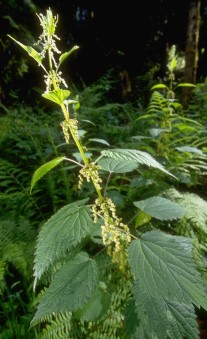 Dennis RoseMaintenance Technician
Dennis RoseMaintenance Technician -
Invertebrate Biodiversity Technician
-
Terrestrial Invertebrate Conservation Ecologist
-
Director of Education and Engagement
-
Terrestrial Invertebrate Conservation Ecologist
-
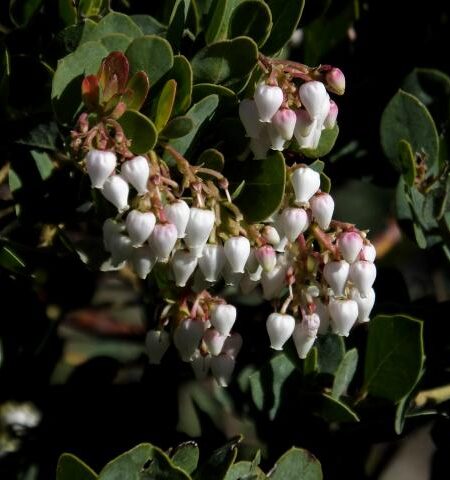 Zander ChaninBackcountry Facilities Associate
Zander ChaninBackcountry Facilities Associate
 Donate
Donate